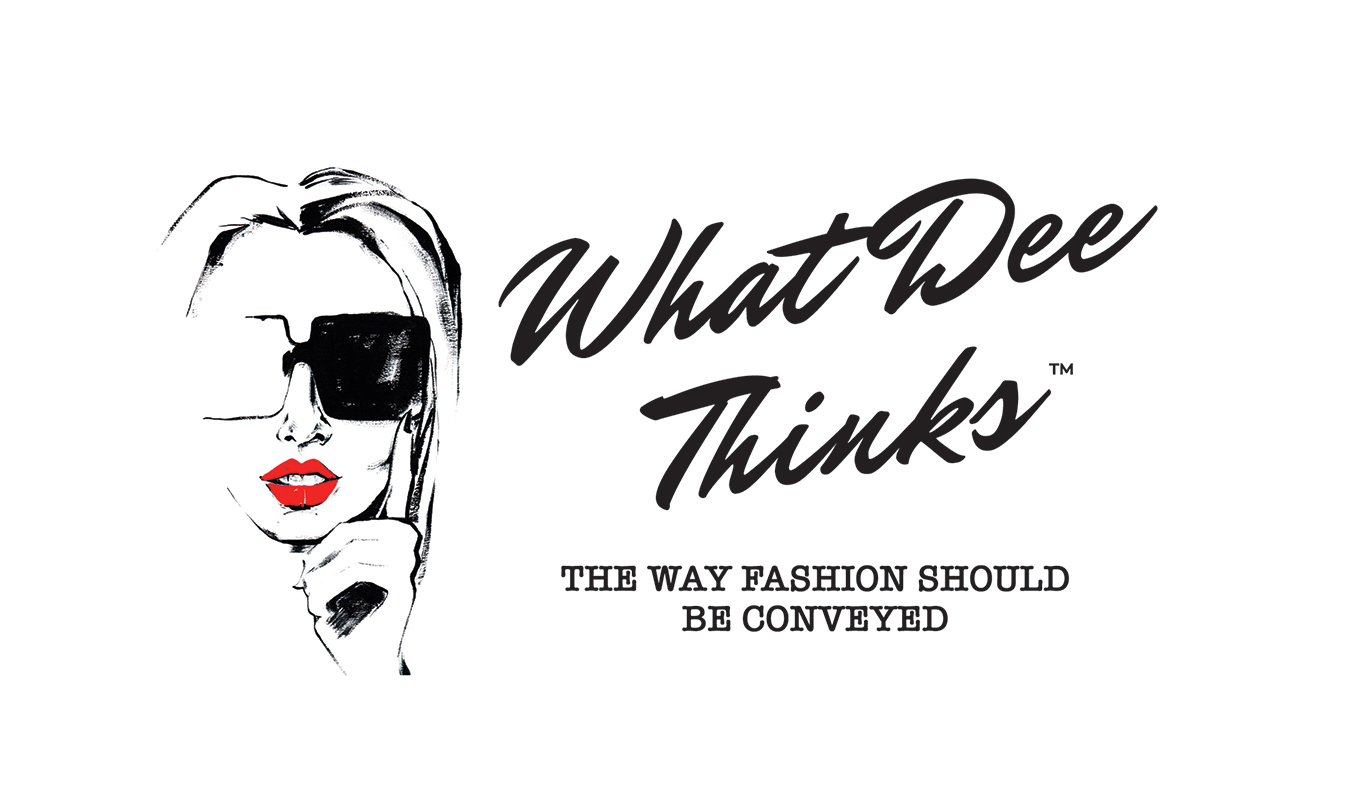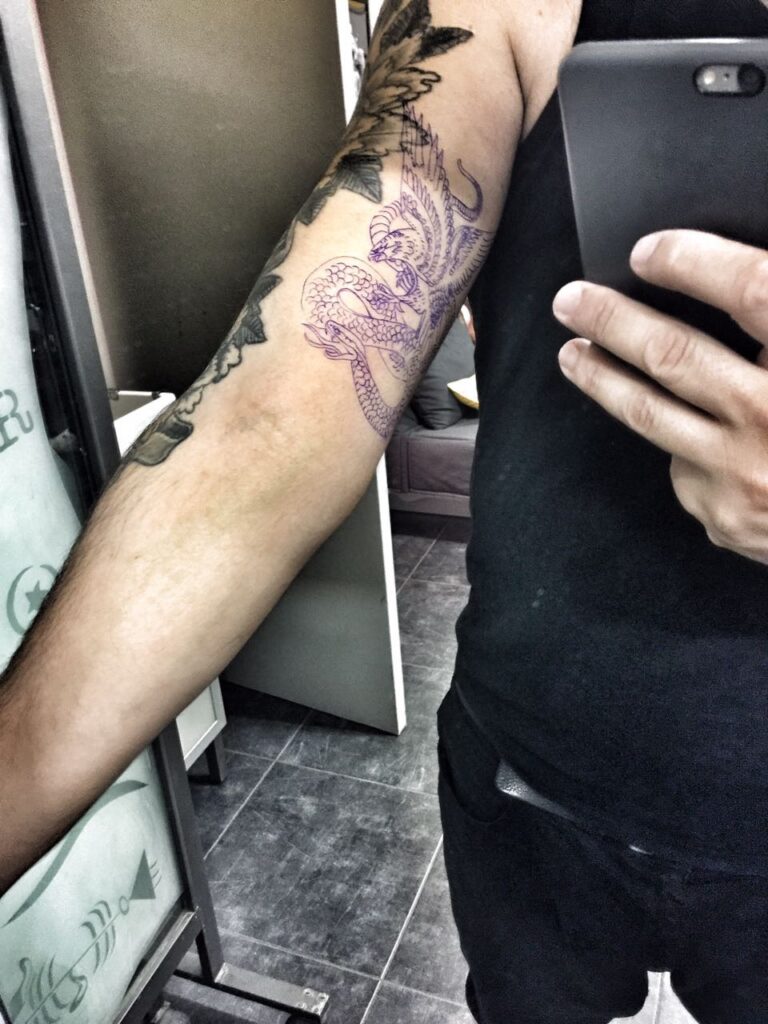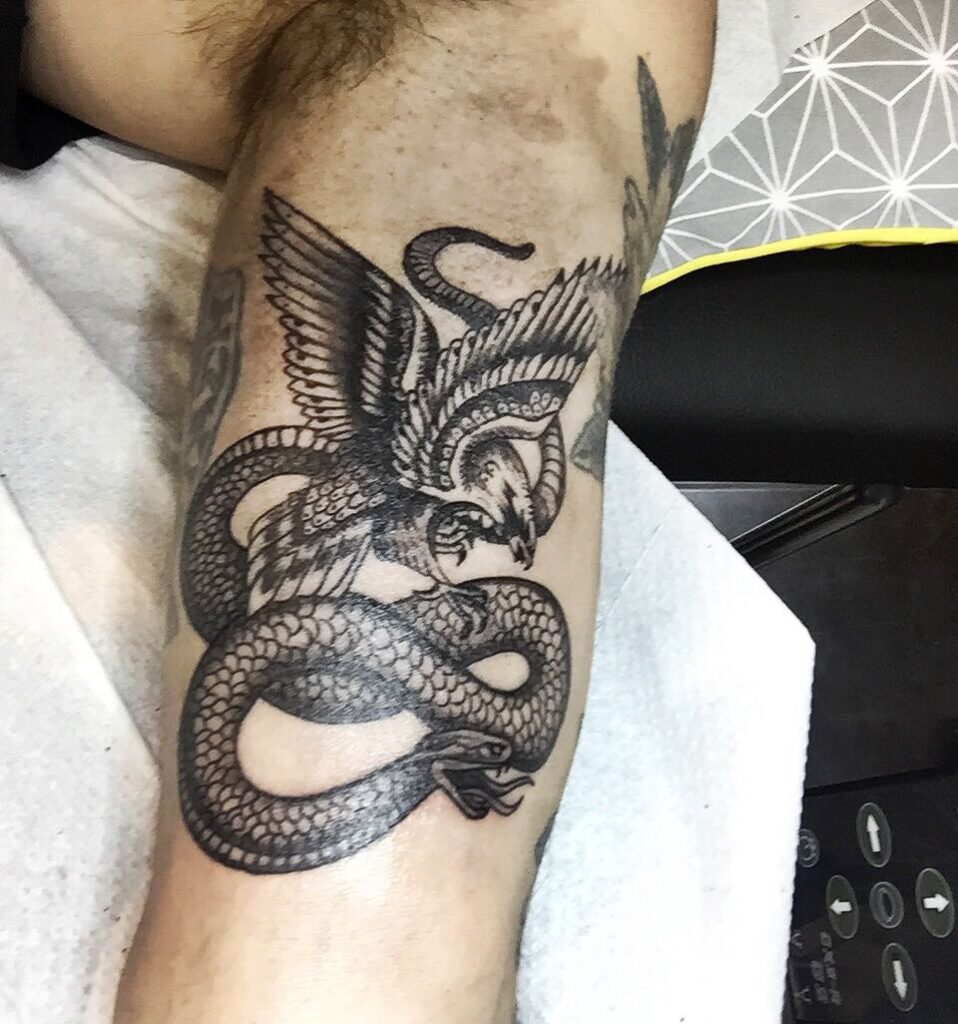I have come to realise that everything in life these days has to do with either your image or what you do to yourself personally in order to make you feel better. Issues have been constantly raised throughout the media more so today than years ago, when image was identified merely by what stars were doing in their lives not to themselves. What revolves around media attention now is who did what to themselves, not what the individual has actually done to make a positive change in society. People have changed for the worst as they are so stuck and fixated about the way they look, that they have forgotten who they really are. Now it's in fact a materialistic world that we live in, where you have to follow the sheep hearder to even be considered cool.
Take tattoos for example they have been around since the discovery of the first tattooed human Otzi the Iceman between 3370-3100 BC. Tattoos are drawn on the body for significance as I have discovered, they can represent events in our life, feelings we have experienced which have made us grow and a particular meaning that we want to carry with us always. I'm not saying tattoos are a bad thing or that I don't like them. I actually like them but someone told me once that they are an important decision, and picking the right one was crucial because you have to live with it for the rest of your life. Now not so much because we have tattoo laser removal but I understood what he meant.
In the 60s tattoos became popular in the west alongside bikes and hippie culture which meant by the 1990s the leading tattoo demographic was the white suburban female. For this particular generation at the time having a tattoo was like owning an expensive sports car, which signified their lost youth among the gloominess of conventional adult life. Do you think it is part of fashion persona or an ongoing infatuation? Where you get one tattoo but then it seems like that one isn't enough, sort of like having a nymphomaniac obsession. People also get them to be singled out by one another, somewhat like they want to standout from the crowd, to make a statement about themselves.
According to an online article published by the US National library of Medicine and National Institutes of Health, up until recently tattoos have been seen as a cultural taboo in modern western societies, in the past tattoos were connected with those outside the conventional ideology, such as incarcerated criminals, gang members, soilders, sailors, prostitutes and others belonging to marginalized and counter-cultural groups.
In the past two decades though, this has changed as epidemiologic studies carried out demonstrate that the art of tattooing has become more prodominent of a mainstream phenomenon and more people are agreeing with the idea of getting one so it's become disassociated with past stigma. A survey conducted of 500 participants in the United States aged between 18-50 in 2004 has revealed that 24% had tattoos with an additional 21% reporting that they had considered obtaining one. In total 65% of the tattooed participants reported that they got their first tattoo by the age of 24 and women being more likely than men to be 30 years old when they obtained their first tattoo.
A Harris poll taken more recently in 2015 by 2225 participants from the United Sates found that 29% of Americans had at least one tattoo, an increase from 14% in 2008 and 21% in 2012. Also young participants were more likely to have tattoos, with nearly half, so 47% of the 18-35 year olds claiming they had a tattoo. Looking from an overall global perspective in developed Western societies, Kluger N an author from the US National Library of Medicine and National Institutes of Health, published a review of epidemiologic studies performed in the United States, Canada, Australia, Europe, and South America, reporting that the prevalence of tattooing is around 10%-20%. According to the World Journal of Psychiatry consistent with data from the United States, tattooing is more common among younger people globally, with the 'tattooed generation' born in the 1970s and early 1980s and although tattoos have been traditionally more common among men, gender divides have lessened to the degree of extinction in recent decades in some countries, with tattooing now more common in women overall compared to men in the United States and more common among women 20-29 years old in Australia.
Tattoos represent art, body, imagination, depicting certain interests, wants or needs, which show body art fashion explicitly, creating pieces of clothing that are drawn on the body. A way for a person to be seen by society. I believe that the reason more younger people are getting tattoos these days is because they have more problems in their lives, due to social changes that have risen as society expects so much more from them now than it did years ago. Tattooing is a way to hide themselves away from society and to create a new character for themselves, somewhat like a camouflage almost. A disguise in which they create a new identity, where people see them differently, so they distract others from seeing or knowing who they really are. Tattoos tell a specific truth about someone, their story and the journey they are on but the questions pinpointed to the certain individual are questions about the hidden identity meaning their tattoo identity. It's a way to deter people from really getting to know the person or who they really are.




